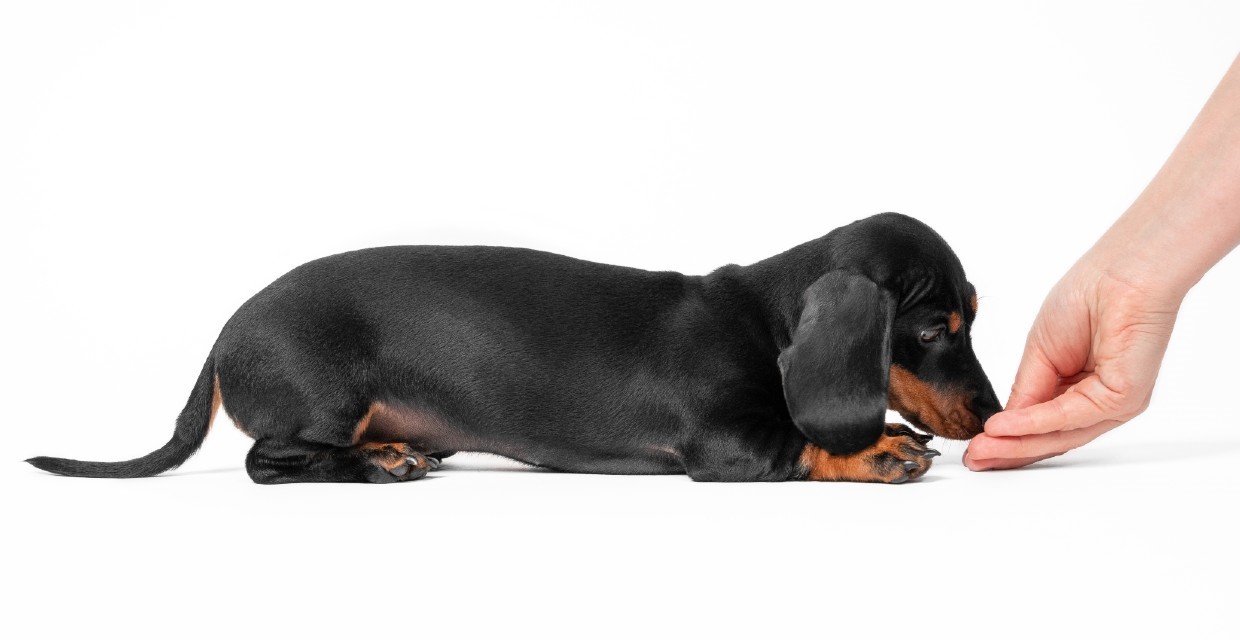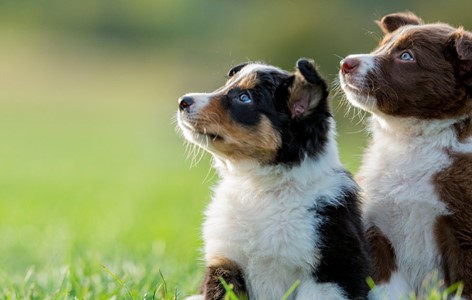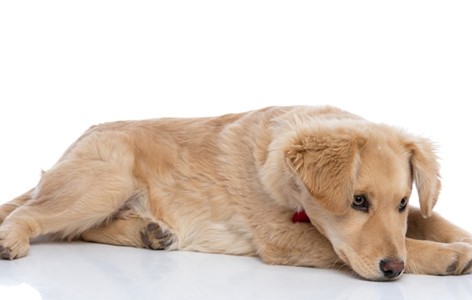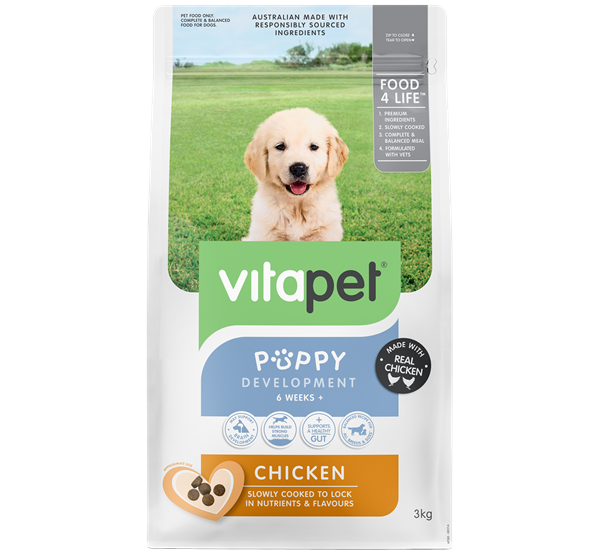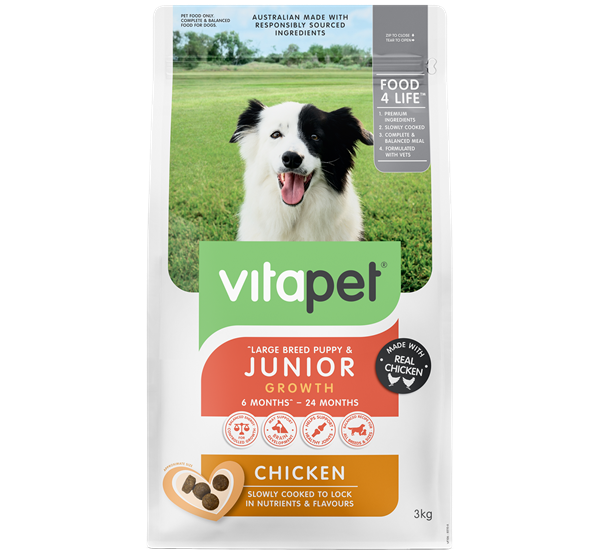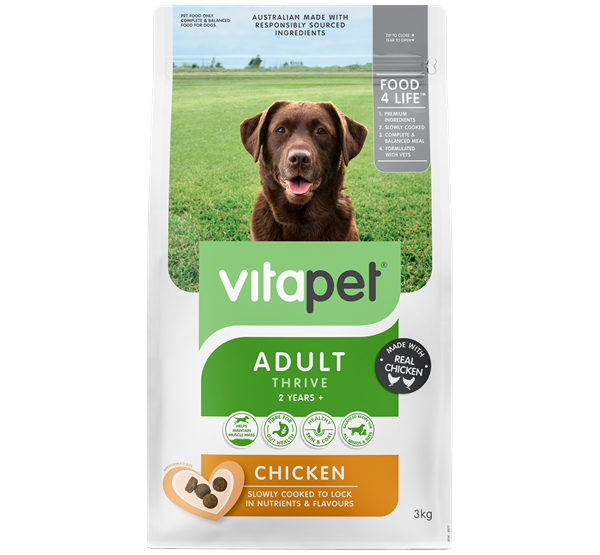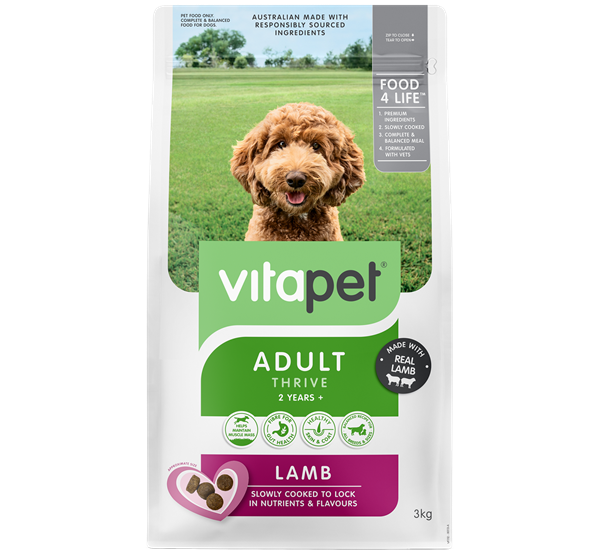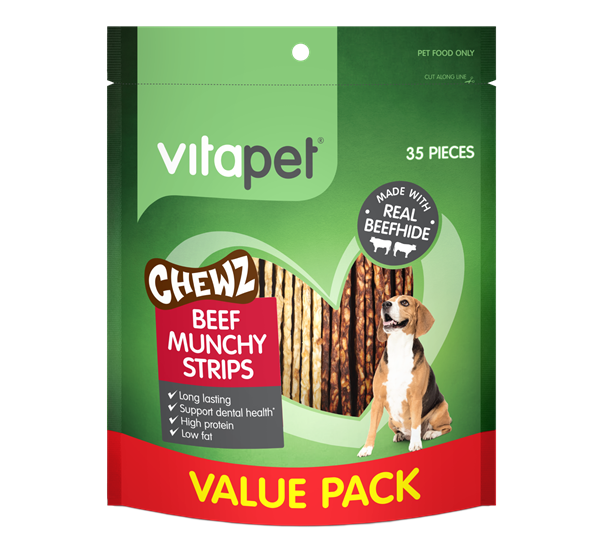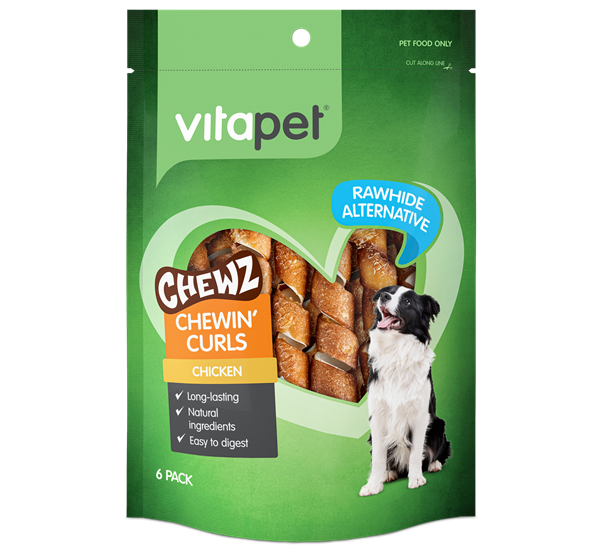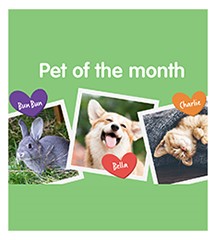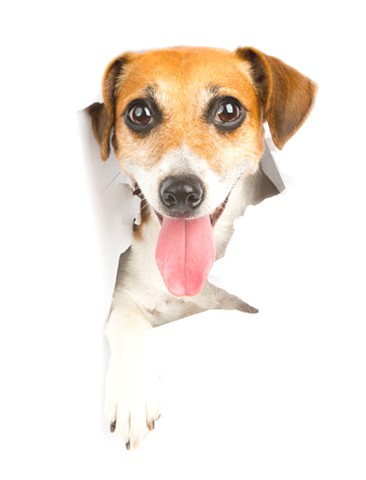As we enter new year, many with new four-legged additions to the family, we’re likely to want to spoil them with hugs, kisses and of course treats. I mean who can resist those puppy dog eyes and their cute fuzzy faces.
… It may sound a little dull, but let’s be sure that when treating, that we’re doing it in a responsible manner.
Treating is such a important part in building a relationship with your best Friend. It is often a simple “I love you”, “Thanks” or ‘Well done!” from you to your pet, but it’s not at all uncommon for us to slip into bad habits and forget the true function of these tasty snacks.
Below are some ‘best practices’ when it comes to treating.
Think about the Number of Treats you Feed
Treats shouldn’t exceed 10 to 15% of our pet’s daily caloric intake. Anything more tends to deliver too many calories. Just like for humans with a snacking fetish, if more than 10% of their total daily food is in treat form, we need to step back and think. We don’t want to lead our pets down the slippery slope towards being a rollie polly.
Over treating will lead not only to an energy imbalance, but a nutrient imbalance too. What this means is that treats are made for occasional consumption; they don’t contain all of the nutrients your pet needs to survive every day. If we feed more of the treats and less of a complete-and-balanced diet, their requirements won’t be fulfilled, and nutrient deficiencies will result.
Think Why You're Treating
It is often our very first consideration when it comes to selecting the appropriate type of treat but that reason often gets forgotten with time, as treating becomes a habit for you and your best friend. Stopping and thinking ‘WHY’ is always useful of course.
Realising that these valuable treats aren’t empty calories, but shared moments, and a big relationship-builder for many pet owners.
Some reasons for treating:
Rewarding
Simply saying ‘thanks’ or ‘I love you’. Treats that reward are generally small, delicious and often ‘semi moist’ pieces (or easily divisible), like Pocket Rewards, Milky Sticks or Duck Sticks etc. Low calorie options are a good idea here.
Training
Positive reinforcement is where we give a reward not just once, but consistently as thanks for good behaviour. Your pet will learn that ‘good things come from me doing this’ and as the lesson becomes ingrained, training treats can be reduced and replaced with praise. Easily breakable, divisible treats are great for training sessions too.
Occupying and Entertaining
While leaving our pets for long periods of time isn’t ideal, particularly while they’re puppies and need to feel secure in their environment, sometimes we want a treat to last longer. Whether they be chews which exercise the teeth and gums, rawhide or generally the more dehydrated, tougher treats like rabbit or lambs ears, they can do a great job at enriching their day, and even relieving anxiety. Chewing is a natural behaviour that allows your dog to de-stress. These are the treats that we need to be particularly mindful of when supervising, to ensure they’re consumed in a safe way. Take advice from your vet if you have concerns.
Let’s keep these reasons in mind when buying our treats.
There’s no value in giving a jerky treat which takes minutes to chew while you’re training-on-the-go, nor expecting a soft treat to keep them entertained while you’re cleaning the house.












